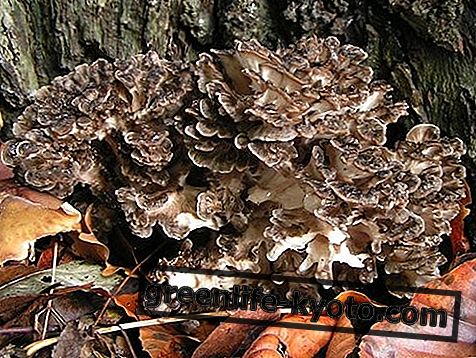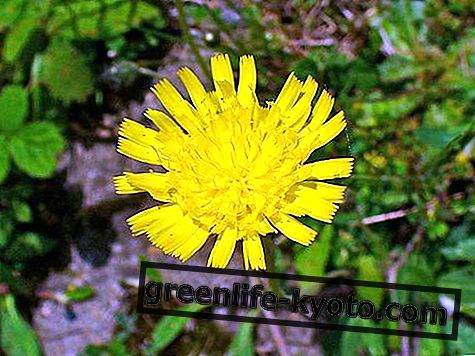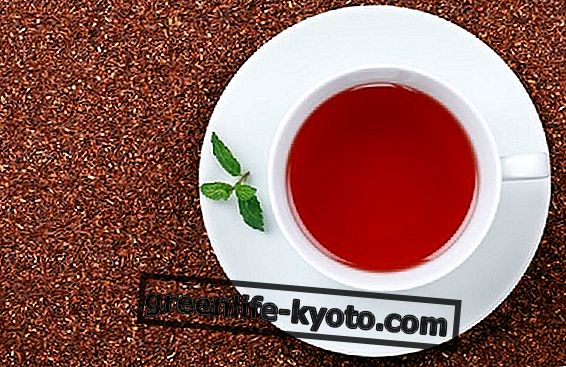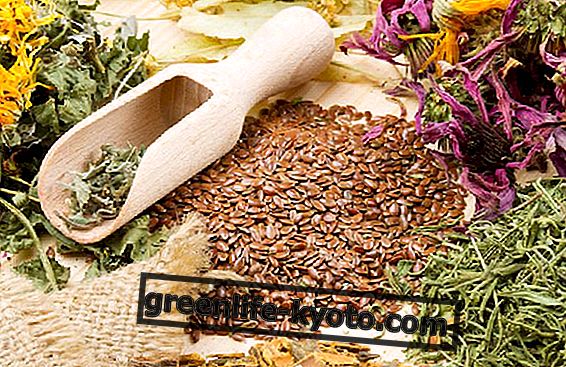By Dr. Francesco Candeloro
Dysmenorrhea, or the painful syndrome that accompanies the menstrual cycle, may be typical of puberty, or due to diseases of the female genital tract . Let's find homeopathic remedies to cure them.

Causes and symptoms of menstrual pain
The technical term that describes these disorders is dysmenorrhea : it is a painful syndrome, punctuated by menstruation, which can manifest itself either in the days preceding the flow, or at the beginning, or even during menstruation.
However, a primary and secondary dysmenorrhea is distinguished:
- the first is typical of puberty, and is due to an insufficient development of the uterus, which is small, rigid and anteroflesso;
- the second is due to affections of the genital and female apparatus which include functional alterations of the ovaries, inflammations of the surrounding tissues and ligaments (adnexitis), lesions at the level of the pelvic excavation, and endometriosis.
Obviously in these last cases the treatment of dysmenorrhoea is secondary to that of the pathology that causes it. Traditional therapy, in primary forms, on the other hand, involves the use, in correspondence with the acute phase, of increasingly stronger painkillers, ranging from paracetamol to common non-steroidal anti-inflammatory drugs, ie non-cortisone drugs (NSAIDs), at often increasing dosages .
The prolonged use, and / or over time, of these drugs obviously can determine the appearance of side effects, even very annoying, which mostly affect the digestive and hepatobiliary sphere of the person, but above all nothing can prevent the prevention of these disorders, which often recur at every menstrual flow, and which are not always limited to the puberty era alone.
You can investigate all natural remedies against menstrual pain

Homeopathic remedies against menstrual pain
Homeopathic treatments: that is in the acute phases being able to use remedies for pain-relieving action certainly not burdened by the side effects of common painkillers, but above all being able to set a preventive cure in both the primary and secondary forms, in the latter case, in the latter case to the progressive resolution of the initial disorder, the cause of pain.
In the acute phase there are numerous remedies that can be used in these cases, always distinguished on the basis of subtle differences between them, which obviously take into account the constitutional as well as the emotional-temperamental aspect of the person .
Therefore, the preference for homeopathic treatments, in these cases, is, once again, in relation to these two orders of factors, namely in the acute phases being able to use remedies with an anti-pain action certainly not burdened by the side effects of common painkillers, but above all to be able to set a preventive cure both in the primary and in the secondary form, aimed, in the latter case, at the progressive resolution of the initial disorder, the cause of pain.
Here are just a few remedies:
- Actea racemosa is useful in all those forms in which the pain symptomatology is accentuated with increasing menstrual flow, and differs for this from Lachesis, whose symptoms are on the contrary improved by the progressive arrival and intensification of the flow;
- Magnesia phosphorica and Colocynthis are indicated in all those forms in which the pains are cramps and force the patient to bend in two to find relief, but, if the first remedy is more suitable for thin people and unstable and easily emotional temperament, Colocynthis will act more often in people who are decidedly more robust in the constitution, who are easily angry;
- Chamomilla, finally, is the remedy for all those women who define their pain as unbearable, menstrual ones as well as any other form of suffering.
Precisely these peculiar characteristics, often refer us to preventive remedies that treat not only the local symptoms, but above all some character aspects that make pains that in others pass unnoticed or almost more easily perceived more intensely.
- Calcarea phoshorica and Ignatia, for example, will be indicated in general in hypersensitive women with a changeable and vulnerable character;
- Natrum muriaticum in how many show an excessive susceptibility, with the tendency to close, brood and to reject any form of interest and sharing;
- again, we will find Lycopodium and Nux vomica indicated in choleric people because they tend to impose themselves and, above all the second, to consume stimulating foods and drinks in excess, with the consequence of over-weighing the hepatobiliary and digestive system, thus pushing it to its functional congestion, with downstream repercussions, which obviously also influence the genital apparatus.
- Finally, Sepia is the typical remedy for female individuals in which this state of congestion is so evident that it conditions a specific feeling of heaviness in the lower abdomen, often aggravated by the simultaneous appearance of enlargements of the uterine wall (fibromyomas).
We have therefore cited a few examples of remedies for dysmenorrhea, only to say, once again, that the possibility of a general or holistic view of the person allows us to treat only apparently local disorders, with treatments capable of positively influencing these because direct also to other aspects, temperamental, or always local but neighboring, that traditional cares, often, instead, amplify, generating a vicious circle that makes the initial picture persisting and progressively aggravated.
READ ALSO
Nutrition against menstrual pain













